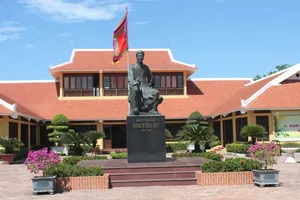The two prominent tourist attractions were part of the Vietnam–China Press Exchange and Cooperation Program.
Both the Sanxingdui Ruins and the Leshan Giant Buddha are UNESCO World Heritage Sites.
The Sanxingdui Ruins Complex is located in Guanghan City, Sichuan Province, about 60 kilometers from Chengdu.

The site is regarded as one of the most significant archaeological discoveries of the 20th century, believed to be remnants of the ancient Shu Kingdom. The site is estimated to date back approximately 3,000 to 4,000 years.
The bronze masks with bulging eyes and oversized ears may represent gods, ancestors. They are among the rarest and most extraordinary artifacts in the collection of over 1,000 relics from the site.
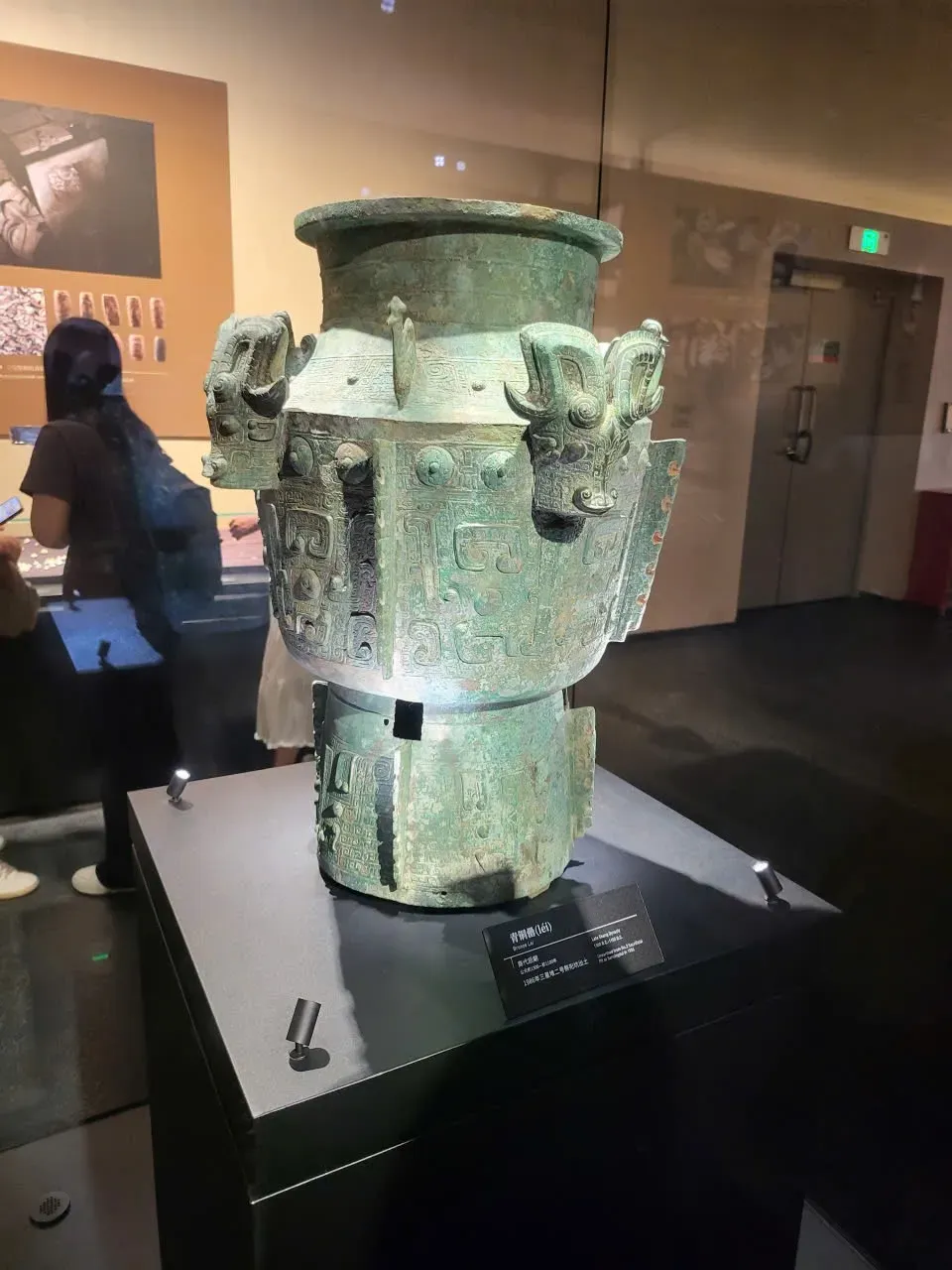
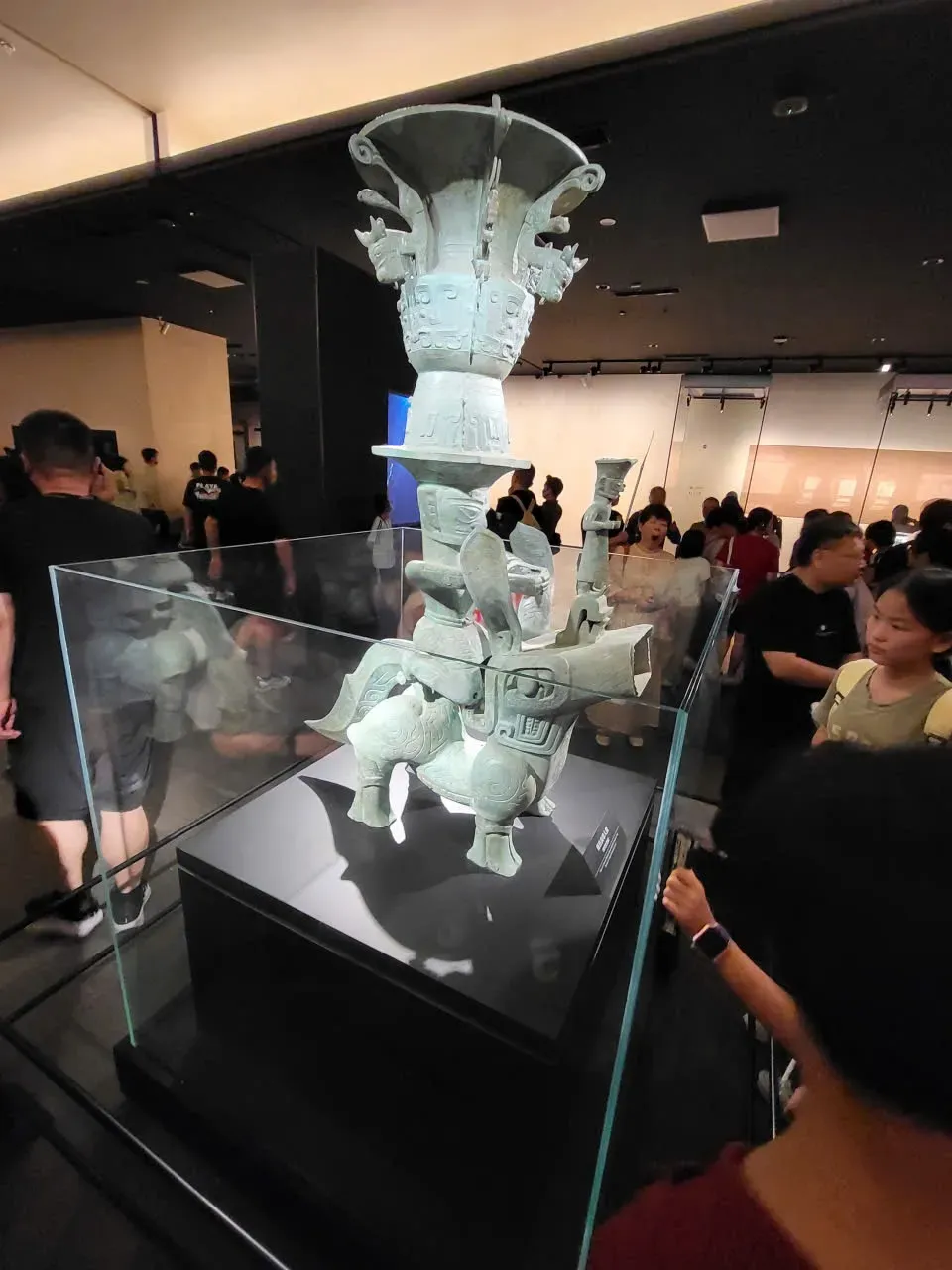
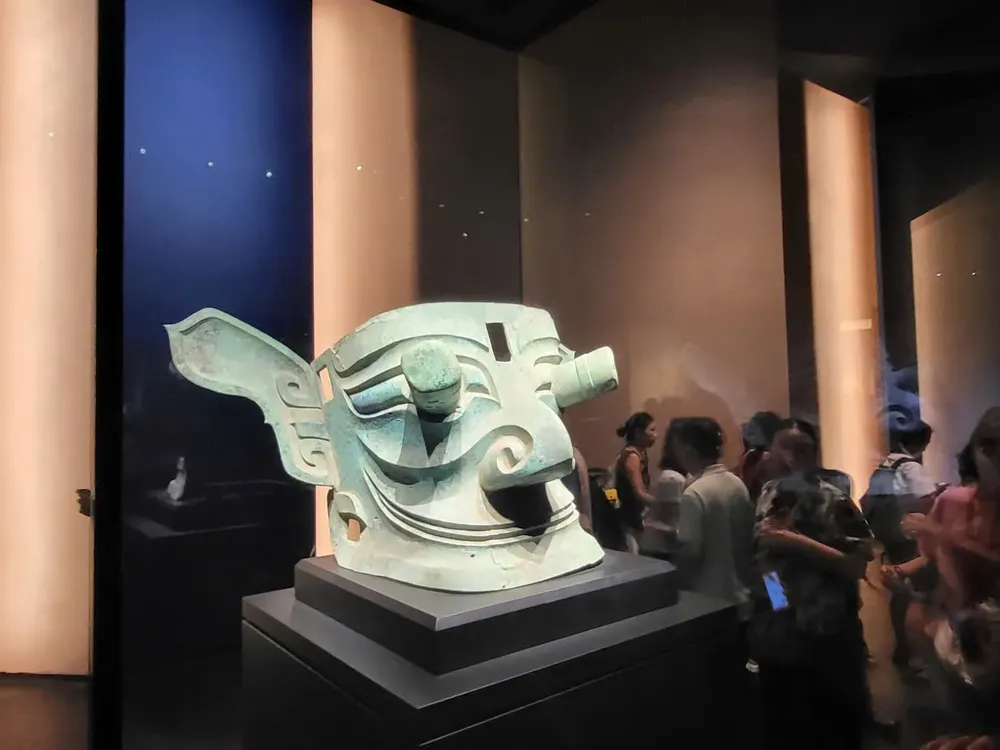
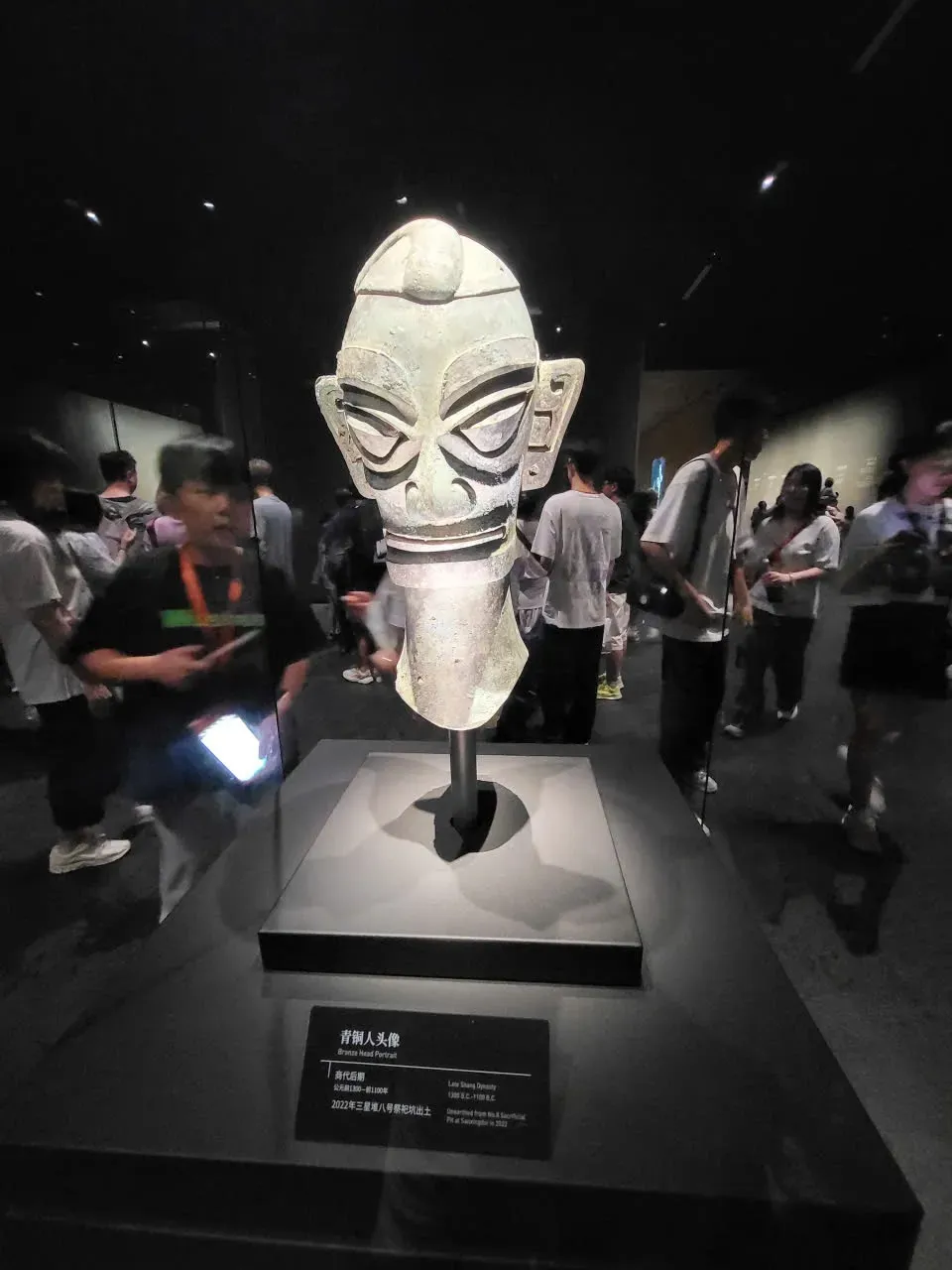

The Leshan Giant Buddha Scenic Area, located in Leshan City, Sichuan Province, China, is a renowned tourist destination, distinguished by the world’s largest stone Buddha statue, standing at 71 meters (233 feet) tall.
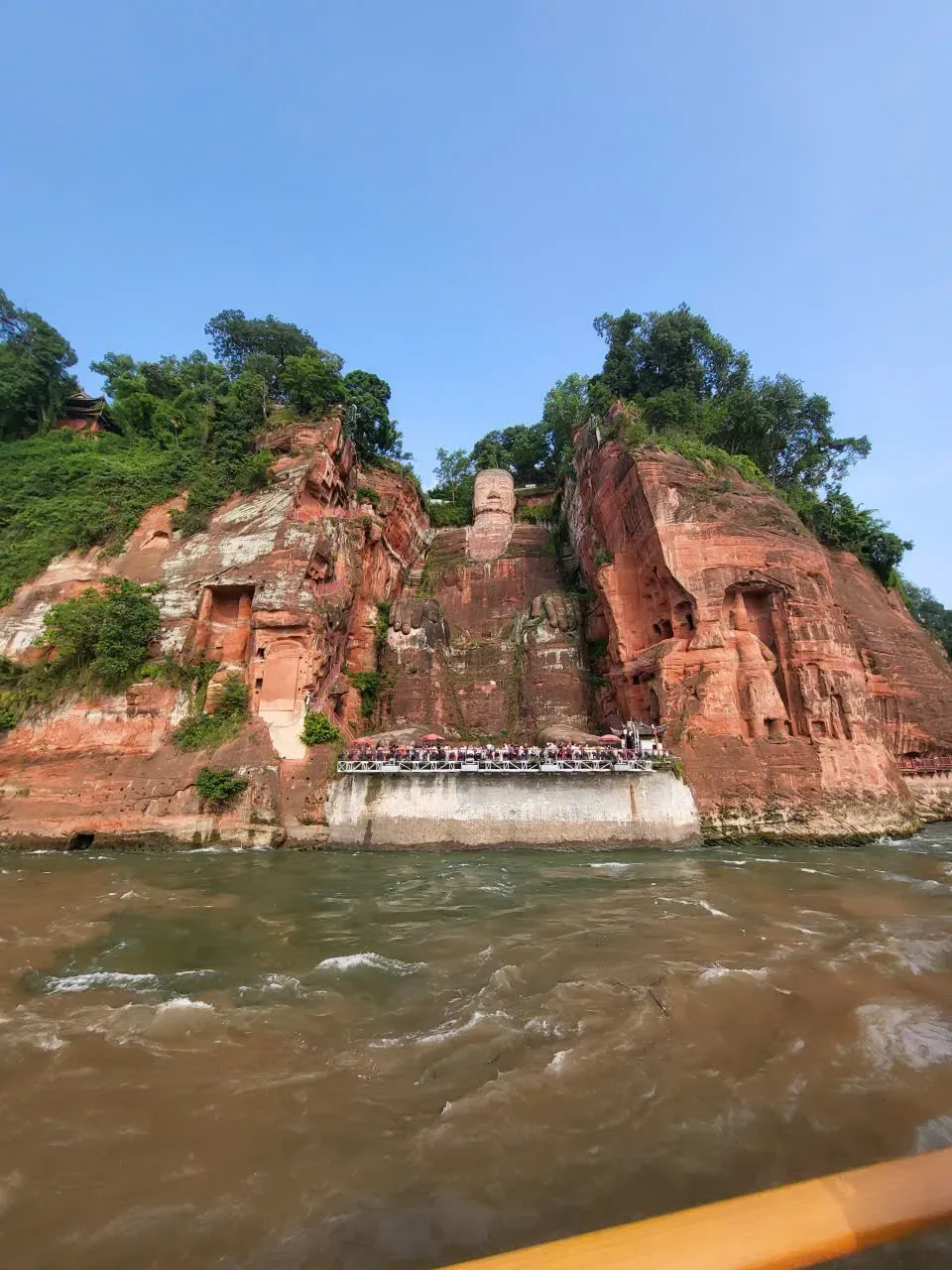

The stone Buddha statue was carved into a cliff face of Mount Lingyun at the confluence of three rivers. The construction was formed during the Tang Dynasty.
In December 1996, the Leshan Giant Buddha was recognized as a World Heritage Site.
In Leshan City, the delegation also explored the ancient town of Suji, which local authorities are striving to develop into a culinary hub.

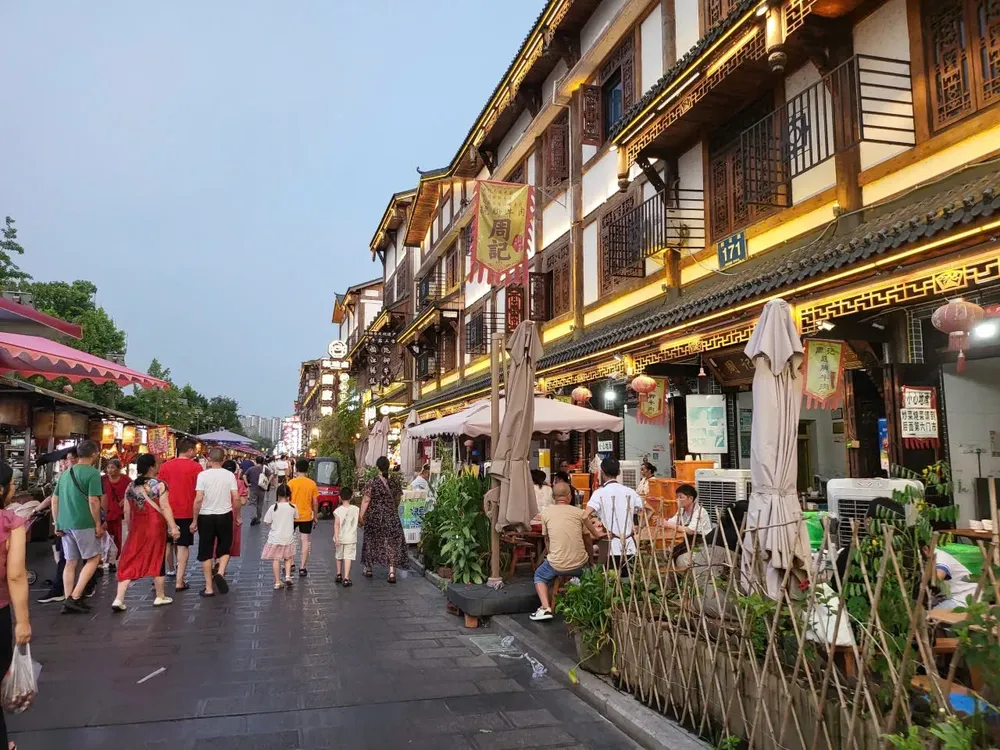
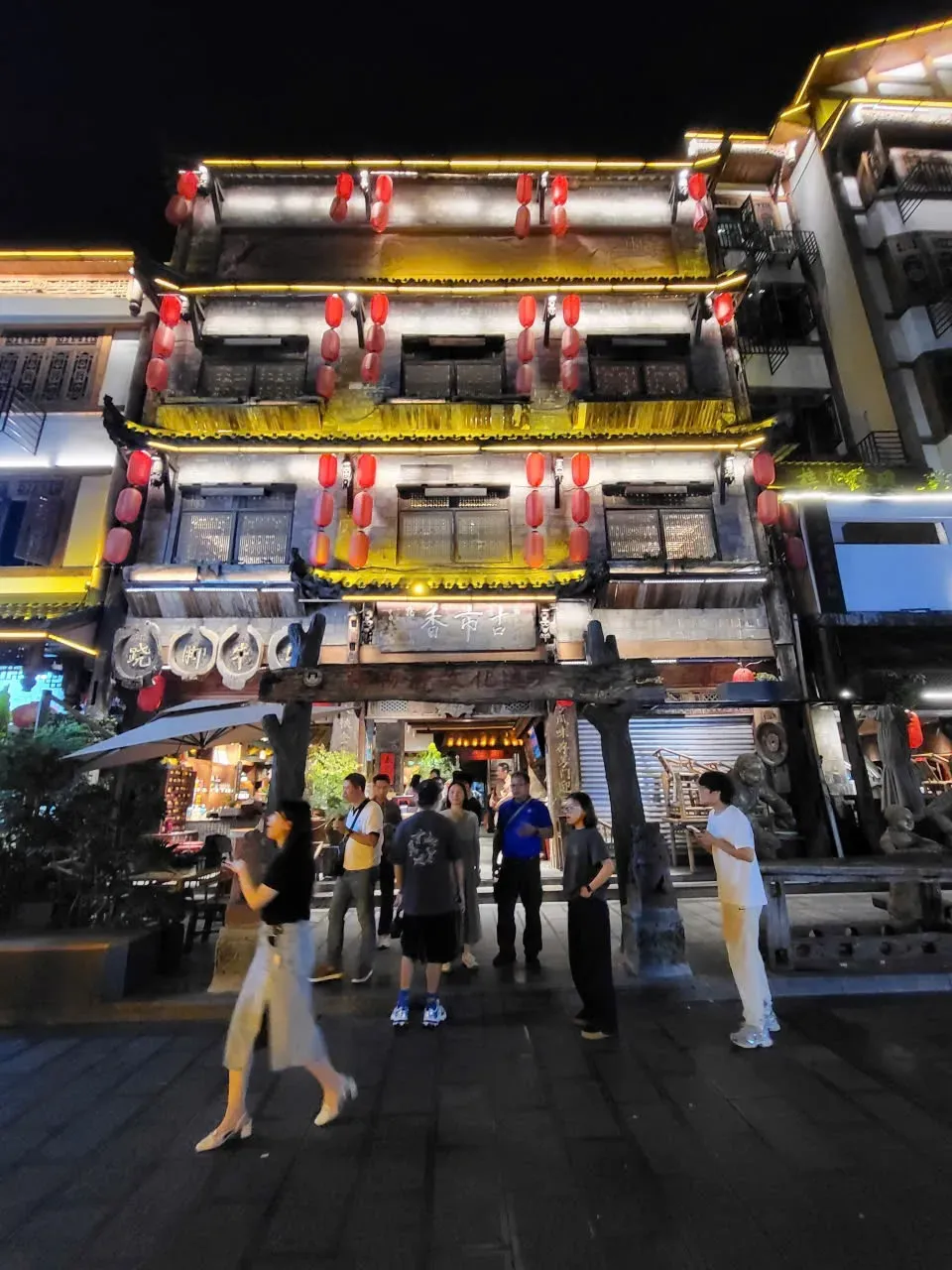
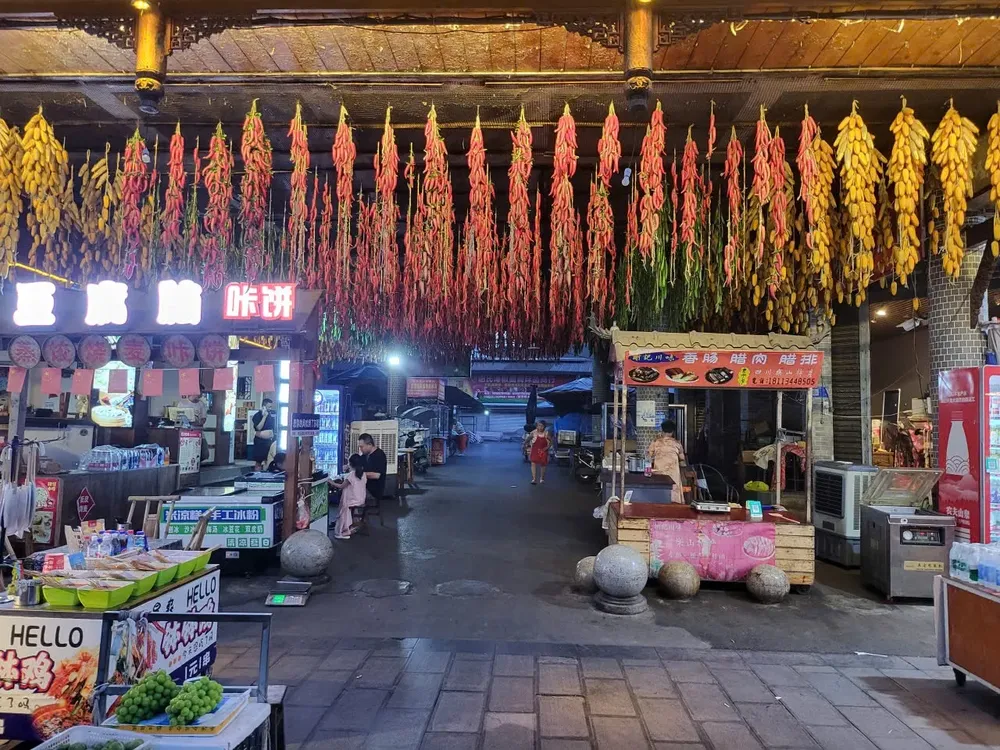






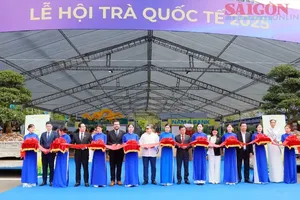

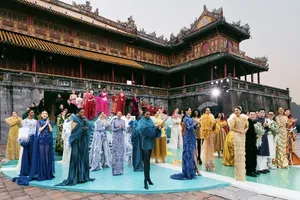




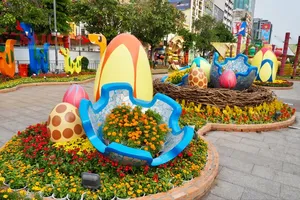
)



